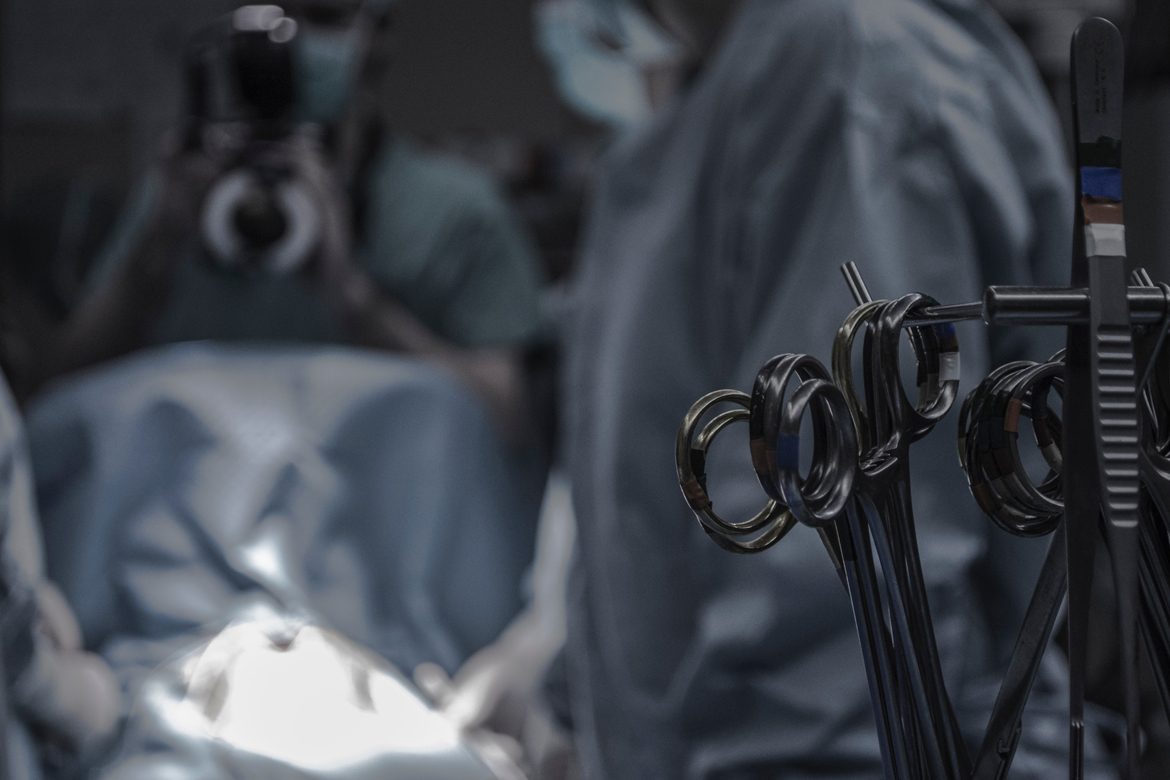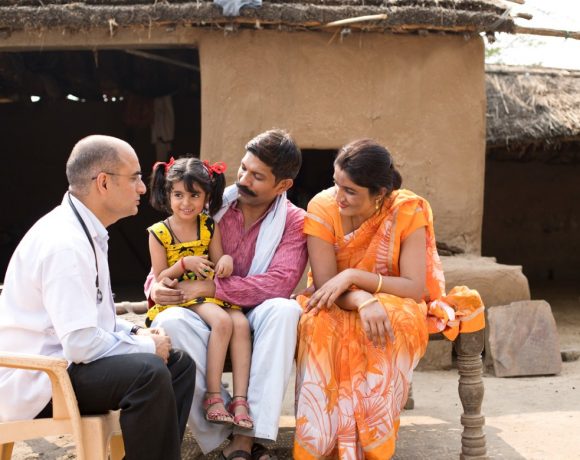- The 8K market as a whole is valued at USD 2.89 billion in 2019 and is projected to reach USD 15.96 billion by 2025. The healthcare sector will be one of the beneficiaries of this advanced technology.
- 8K technology produces ultra-high-definition image of 33 million pixels, which is 16 times more detailed than the 2K (Full HD) images. It is now being used in surgical procedures in Japanese hospital. 8K surgical microscope offers up to 300 times magnification with exchangeable lenses that can be used for super-microsurgeries.
- The value of 8K high-definition image technology is expected to increase when it is used for remote surgery combined with 5G mobile networks. In addition to use in each medical setting at hospitals, the sharing of high-definition video data via the network will greatly expand possibilities.
It all started with the news footage of a hijacking.
On June 21 1995 All Nippon Airways flight 857 from Tokyo was taken over en route to Hokkaido where it came to a standstill. Early the next morning, Japan’s national broadcaster, NHK, captured the scene of police raiding the cabin in pitch darkness, as the raid took place in the middle of the night. Still, the policemen were clearly visible to the viewers.
“The moment I saw that scene, I thought, this could change endoscopic surgery that requires substantially strong light inside the body which is dark,” recalled Dr. Toshio Chiba, who saw a video archive of the arrest at a later date. “I needed to know immediately what kind of camera took that footage.” The surgeon straight away began searching for the engineer who developed “the camera that captures images in the dark.” Together with the NHK Science and Technology Research Laboratories, Dr. Chiba pushed forward the technology to conduct a test surgery using an 8K camera on a human being for the first time in history. This was how the world’s first clinical 8K endoscope for surgeries came to being.
Of course, it is not only in darkness that the 8K technology shines. The ultra-high-definition image of 33 million pixels, which is 16 times more detailed than the 2K (Full HD) images, can visualise objects as small as one-tenth the size of a human hair (70μm). With an 8K surgical microscope, it becomes possible to observe the fine details down to the cell level. Complex operations and treatments such as anastomosis of microvessels and lymphatic vessels can be performed more safely.
It is easy to imagine that the use of 8K technology in operating rooms will change the conventional arrangement of equipment, the way surgery is performed and even the concept of operating rooms. In Japan, this far-seeing transformation of operating rooms has already begun.
Japanese company ushers 8K tech into operating rooms
A major contributor to the use of 8K in medical applications is the Japanese company, Kairos, where Dr. Chiba serves as Chairman. Kairos has been a leader in the 8K-compatible surgical instruments field, commercially launching the world’s first 8K endoscope in September 2017 and the first 8K microscope in September 2019. Its 8K endoscope weighs just 370 grams for easy single-hand use, which can greatly reduce physical workload of surgeons. Meanwhile, the 8K surgical microscope offers up to 300 times magnification with exchangeable lenses that can be used for super-microsurgeries.
8K images bring many changes to the operating room. Currently, surgeons look into the surgical field by using a surgical microscope and binocular loupes or through a monitor as in endoscopic surgery. With the introduction of the 8K technology, the ultra-high-definition images captured by the cutting-edge microscope or endoscope are displayed on a large 8K-compatible monitor installed in the operating room. The surgeon performs the operation while watching the monitor display and other people on the spot can also check on the operation.
This way, doctors will be able to obtain more detailed, clearer visual information on the surgical site, making it possible to perform more reliable operations. In addition, all surgical staff can share the same visual information through the large monitors, which will help reduce the risk of medical accidents. Heads-up surgery opens up the space in front of the surgeon’s face and eliminates the need for the surgeon to keep the posture of looking down for a long time.
Moreover, the use of 8K technology to record video footage of operations can be utilised for educational purposes. For instance, the suturing techniques of skilled surgeons, using very fine threads that are almost invisible to the naked eye, can be displayed and recorded in high definition and magnified images.
The 8K market as a whole is valued at USD 2.89 billion in 2019 and is projected to reach USD 15.96 billion by 2025. The television segment will lead the growth, where China and Japan are dominant players. Meanwhile, by application, the healthcare sector is expected to be one of the highlights.
8K tech combined with 5G opens door for remote surgery
The value of 8K high-definition image technology is expected to increase when it is used for remote surgery combined with 5G mobile networks. In addition to use in each medical setting at hospitals, the sharing of high-definition video data via the network will greatly expand possibilities. In Japan, the Office of Healthcare Policy under the Cabinet Secretariat and the Ministry of Internal Affairs and Communications is taking the lead in discussing the medical application of 8K technology and the utilisation and application of high-definition video data from 2016. Within the framework ‘8K and Other High-Precision Image Data Applied Research Program’ of the Japan Agency for Medical Research and Development (AMED), a number of companies in Japan have begun to develop remote surgical support systems with an eye to using 8K images and 5G.
For example, the National Cancer Center Japan, NHK Engineering System, Inc. and Olympus Corporation started researching the application of 8K technology to a remote surgery-assisted endoscopic device from February 2020. By transmitting 8K images of the surgery through a 4G or 5G connection, detailed status of operations can be seen even in remote areas. It is expected that high-quality endoscopic operations can be performed anywhere in the country.
Meanwhile, Tokyo Women’s Medical University and NTT DoCoMo Inc. will conduct a remote surgery support experiment in Japan using the mobile smart operating room “SCOT” (Smart Cyber Operating Theater) and commercial 5G in October 2020. SCOT is a futuristic smart operating room jointly developed by Tokyo Women’s Medical University, Hiroshima University, Shinshu University and two more universities together with 11 companies. The mobile version of SCOT is this smart operating room mounted on a truck. In the experiment, large amounts of data, such as images of the surgeon’s hands performing brain surgery and high-resolution images from a 4K endoscope, will be sent in real time through 5G to the “strategy desk” where specialists will be standing by. These specialists in a remote destination will provide guidance and support during the operation to the team in the operating room. This will enable experienced doctors to give precise instructions promptly and provide advanced diagnosis and treatment even in places where transport to hospitals is difficult, such as disaster sites and depopulated areas.
There are high hopes that 8K technology, combined with 5G, will advance remote surgery, transcend geographical boundaries, and help solve the shortage of specialists and regional maldistribution of doctors. It also has the potential to change the way doctors work.
References:
Mordor Intelligence
8K Market – Growth, Trends, and Forecast (2020 – 2025)
Ministry of Internal Affairs and Communications: Study Group on Medical Intelligence Building with 8K Technology Applied
Report (available in Japanese only)
National Cancer Center Japan, NHK Engineering System, Inc. and Olympus Corporation
Second National Project Using 8K Super Hi-Vision Technology for Medical Applications (available in Japanese only)
Tokyo Women’s Medical University, NTT DOCOMO, INC. Mobile SCOT Concept
Remote surgery support experiment in Japan using the mobile smart operating room “SCOT” and commercial 5G in October 2020 (available in Japanese only)






NO COMMENT